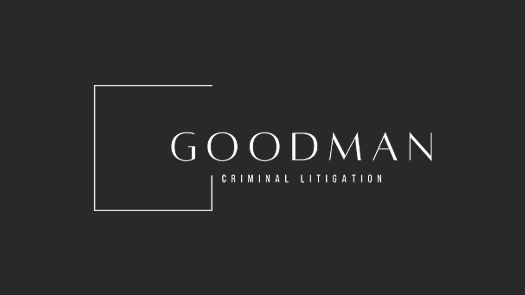Across the U.S., in almost every jurisdiction, you will find three classifications of crime: infractions, misdemeanors, and felonies. The levels are pretty standardized. Infractions are low-level crimes, usually punishable by a fine or sometimes by just a citation. Misdemeanors are where penalties amp up. Jail time and heavy fines are introduced as penalties, and crimes start to go on criminal records. Felonies are at the top of the crime totem pole. Often, jail isn’t an option, and the convicted go to prison. Severe crimes can mean a life in prison and, in some states, you can still get the death penalty.
In 2011, California changed its system of classifying and punishing crimes. Many charges began to fall into a nebulous state between misdemeanors and felonies. Sometimes, the guilty can be sentenced as a misdemeanant, and other times, they can be a felon. These crimes are called “wobblers,” because they wobble back and forth between classifications.
Felonies and Misdemeanors in California
Uncommon among its other states, California doesn’t have a rigid class system for its crimes. Typically, states impose a very clear, tiered system for their crime laws. They have misdemeanors and felonies leveled out as “Class A,” “Class B,” etc. Some states have up to eight classes or more, while others have three or four. Specific crimes are put in these categories. In some states, for example, theft of property valued at $200 or less is a Class D misdemeanor, but if the property costs $500 or more, it’s a Class E felony.
California has done away with all that. Wobblers lie at the heart of California’s current approach to crime. While there are serious crimes, such as murder, that will always be tried as felonies (called “straight felonies”), many more crimes wobble between classifications.
What Are Wobblers?
Many of California’s charges are now wobblers. Wobblers can be charged as either a felony or a misdemeanor, depending upon the details of the crime.
Who is charged matters. If the accused is a first-time offender, the crime may be charged as a misdemeanor. When someone has been caught several times doing the same thing, charges can be elevated to a felony. The defendant’s age can be considered, one way or another. A young person could be given a lighter charge or a heavier charge if the prosecution believes youth is relevant to the case.
The severity of the crime wobbles the outcome. Did the defendant steal $200 off a park bench, or did they defraud someone out of thousands of dollars? Was the victim of domestic violence severely beaten, or did they sustain a bruise to the wrist? Details like this matter to the court.
Some people have even adopted the term “wobblette,” indicating crimes that wobble between misdemeanors and infractions.
How Do Wobblers Work?
A criminal charge is heavily reliant on who is doing the charging. State prosecutors look at the details of a crime and decide whether or not to pursue criminal charges. Part of that process for California prosecutors is to decide how to classify the crime. They ultimately push the wobbler in the direction of being a felony, misdemeanor, or, if it’s a wobblette, infraction.
From there, a wobbler can be further wobbled by the judge. They can sentence a crime differently, based on the evidence presented in court. There are even systems in place where defendants can appeal to have a wobbler felony conviction reduced to a misdemeanor conviction.
Why You Should Talk to an Attorney
The wobbler system has benefits and drawbacks. In theory, it can allow for compassion toward the individual. The prosecutors can take each person into account and charge them fairly. There’s none of that rigid, “if you did this, you get that” philosophy that drives much of criminal prosecution in other states.
In practice, however, wobbling charges are highly subjective. A hardline, this-equals-that system makes their jobs easier. They can see the crime, look it up on the list, and charge it as a felony or misdemeanor.
A good lawyer is going to look at the facts of your case and compare them to the charges you face. They can find errors and discrepancies with the authorities’ accusations. They can help argue down the charge, or maybe have the charge dismissed altogether. Remember, you have the right to a legal defense, and your lawyer will fight hard to make sure you are appropriately represented.
If you’ve been charged with a crime, call me today. No accusation is too big or too small, and I want to help you fight for your freedom. Call 714-879-5770 or contact me online for a consultation.


